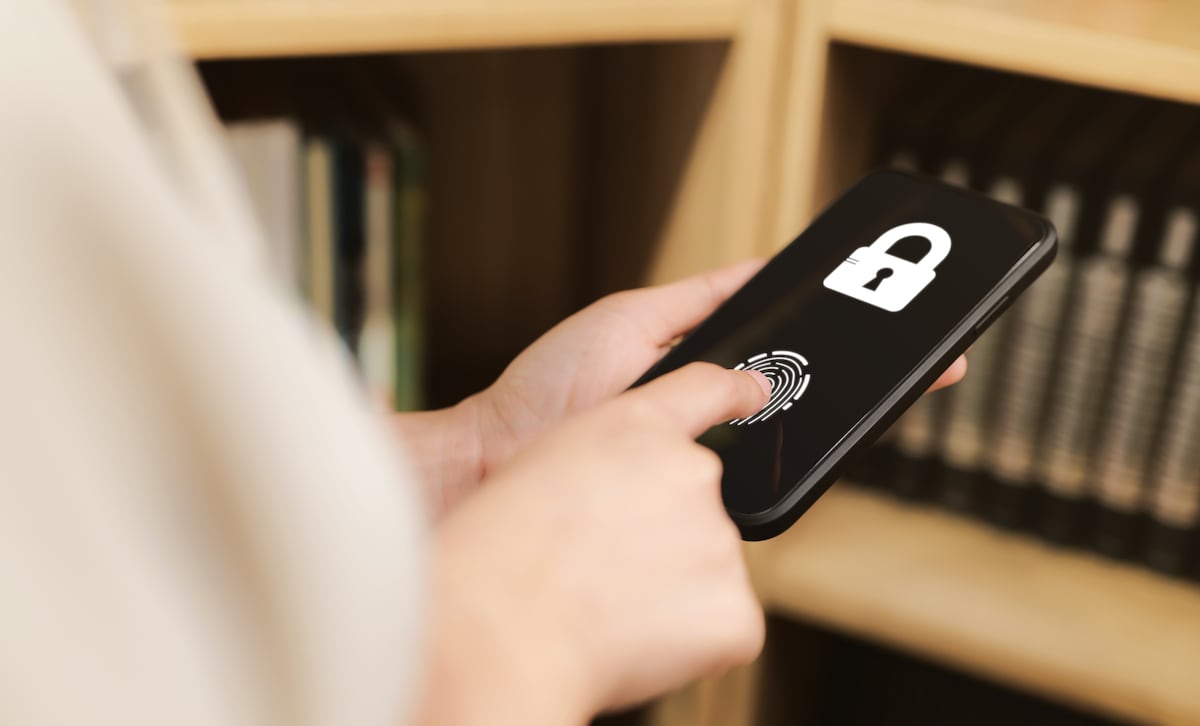Karin is a 50-year-old Swedish woman who, more than 20 years ago, suffered a farming accident that caused her to lose her right hand. A few years after her, he participated in a study in which he was implanted with a bionic hand, and he has had it for three years. Thanks to the dexterity, reliability and functionality of the prosthesis, connected to her nervous and skeletal system, her quality of life has increased and improved. “It is the only technology that currently allows a patient to use a prosthesis in daily life controlled by implanted electrodes and that allows sensations,” explains Mexican professor Max Ortiz Catalán, author of the study published today Wednesday in the journal Science Robotics. Ortiz is also head of neural prosthesis research at the Australian Bionics Institute and founder of the Center for Bionics and Pain Research (CBPR) in Sweden.
Since Karin (the investigation does not provide her last name) suffered the accident, she has suffered from unbearable pain in her phantom limb: “I felt as if I constantly had my hand in a meat grinder, which created a high level of stress and I had than taking high doses of various pain relievers,” he states in the press release accompanying the study. Furthermore, she found her conventional prostheses uncomfortable, unreliable, and of little help in daily life, according to the study’s press release. “For me, this research has meant a lot because it has given me a better life,” she said. She now explains that she has more control over the prosthesis, less pain and that she needs “a lot less medication.”
Karin uses the prosthesis at work, to take care of her garden, ride her bicycle, and drive her car. She can also use it in most everyday activities, such as setting the table, preparing dinner or folding clothes, according to Jan Bzinden, author of the study and professor at Chalmers University of Technology. However, the electronic parts of the prosthesis are not waterproof, so if the patient wants to swim, she first has to remove the prosthesis and put caps on the threaded implants to protect the connectors. It is also not useful for giving a massage, explains Ortiz.
In Spain there are approximately 60,000 amputees, according to data from the Spanish Federation of Orthotists and Prosthetists (FEDOP). To wear this type of prosthesis you have to meet certain requirements: be over 17 years old and under 70, have enough bone to implant the titanium screw and not suffer from concurrent diseases or conditions that could affect the treatment, explains Bzinden.
The study evaluated the quality of life of people with the implant through a questionnaire with questions about mobility, self-care, usual activities, pain or discomfort, and anxiety or depression. It also evaluated its functionality. The results showed that, with the prosthesis, people’s disability and pain decreased, and problems with the use of the implant were reduced.
The patient underwent electromuscular surgery on the residual limb and received titanium implants in the ulna and radius bones of the forearm. The new bionic technology is characterized by the skeletal fixation of the prosthesis through osseointegration, the process by which “the bone tissue embraces the titanium, creating a strong mechanical connection,” the press release reveals. Bzinden explains the process: “Two titanium screws are placed, one in each bone of the forearm. “The bone grows firmly over these screws, creating a stable and reliable connection point for the prosthesis.”
Using the screws avoids “the uncomfortable and often painful experience of wearing a socket,” according to Bzinden. Sockets are the devices used by standard prostheses on the market to fix the prosthesis to the residual limb. “With the operation, the intensity of the pain in the phantom limb was reduced from 5 to 3, and the pain in the stump completely disappeared,” explains Ortiz in the press release.
The neuromusculoskeletal implant allows the user’s nervous system to be connected to the electronic control system of the prosthesis. “Our integrated surgical and engineering approach also explains the reduction in pain, since Karin now uses, in a way, the same neural resources to control the prosthesis that she used for her missing biological hand,” says Ortiz.
Electrodes were also implanted in the patient’s muscles and around the nerves, used to elicit sensations in the missing hand activated by sensors built into the prosthesis, according to the study. “When the patient tries to close the hand, this command goes down from the brain to the stump where it is captured by the electrodes that were implanted in the nerves and muscles, and is used to close the robotic hand,” explains Ortiz.
After using the system at home for a year, Karin demonstrated greater myoelectric control capacity, that is, greater control of limb movement. Today she continues to use the bionic hand.
You can follow EL PAÍS Technology in Facebook and x or sign up here to receive our weekly newsletter.
Subscribe to continue reading
Read without limits









